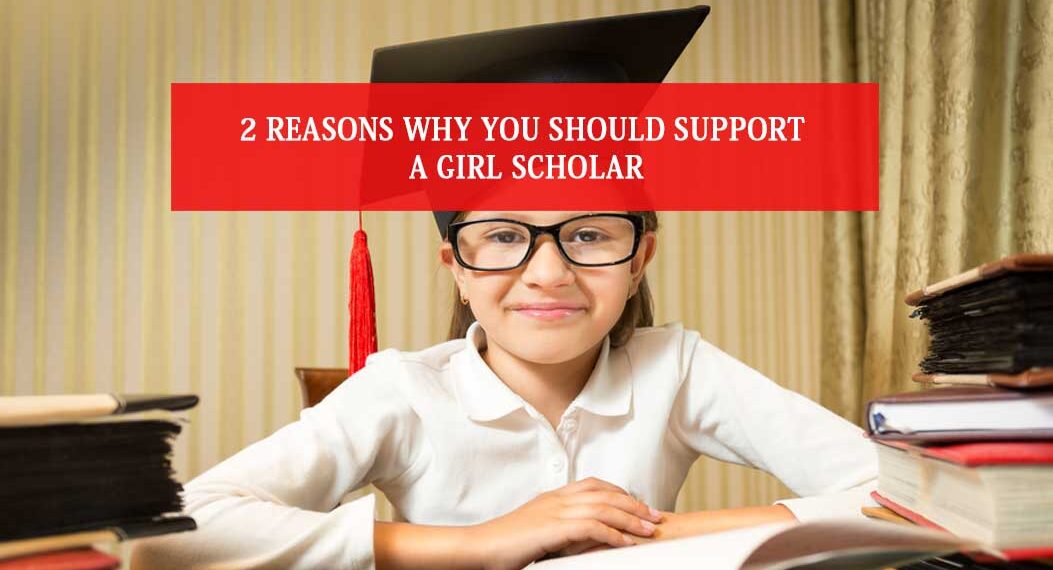Education is a fundamental human right. Every child should be given a chance to pursue their studies, regardless of their gender and socio-economic status. However, evidence shows that girls, in general, receive fewer education opportunities, especially girls from developing communities and disadvantaged economic backgrounds. Another concerning factor is that this inequality persists despite proven situations that educated girls bring prosperity to a community.
People can help bridge this gap through donating, participating, and promoting girls scholarships. Scholarships help send girls to school when their families cannot afford it. Thus, girls access the education they need to uplift themselves primarily and their community as well.
What is the situation in girls’ education?
Daughters are most likely to miss out on education opportunities and delegated to familial obligations instead. The United Nations (UN) statistics show that in the world’s 796 million illiterate people, over two-thirds are women. Fewer girls are attending secondary school than boys, whether in the urban or rural setting. Poor access to education affects girls’ future opportunities for work, independence, and even their health.
In Australia, women earn less in the dollar and more likely to live in poverty in old age than men. Globally, women work 66% of working hours yet earn only 10% of the world’s income. Furthermore, they invest 90% of their earnings into their families, while men only reinvest 40%. Women are also least represented in leadership positions, with only 16.1% on boards.
Girls who are educated are likely to earn higher incomes and participate in a skilled profession and pursue leadership positions. They have greater autonomy over sexual and reproductive health. Educated women are less likely to experience domestic violence, infant and maternal health complications. They have a choice in marrying or having children and provide better childcare if they do.
Educating girls has a transformational impact on the development of a community and is one of the best investments the world can make. But most importantly, girls should be educated because it is their right, and they should lead productive lives as much as others.
What do scholarships provide?
Educating girls reaps significant benefits for themselves and the community. However, not every girl gets a chance to go to school. Families who send their children to school pay for tuition fees, school uniforms, books and allocate a regular allowance for the child’s meals or mode of transportation. It can be expensive for a family struggling financially, which causes girls to drop out of school or not enrol in the first place.
Scholarships support girls throughout a phase in education, usually in secondary education, where fees are significantly higher. It provides all essential school needs to deserving students, including textbooks, learning equipment, and school excursions. Some grants even provide personal coaches so that every girl receives mentorship from proper role models.
Through supporting girls scholarships, individuals or corporate groups help break the system of inequality. Their financial support sends girls into a full four-year secondary school and funds Capacity Building Projects and Shared Value Partnerships.
Individuals can volunteer as personal coaches for deserving girls, while corporate supporters can introduce their organisations and open doors for their future careers. Some girls are not yet exposed to new professional careers due to their limited community networks. Through coaching and career enrichment activities, they will be more aware of various roles in society they could pursue.


























